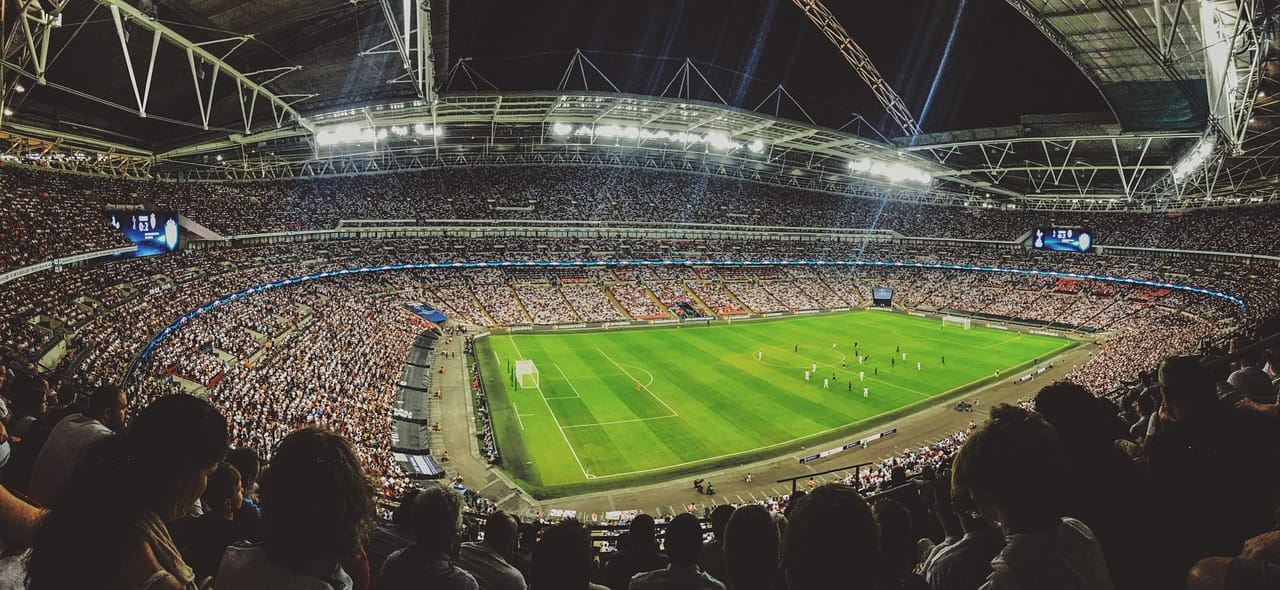History remembers Serie A as one of the most beloved and exciting leagues in the world. Italy produces some of the most iconic players in the game and the league has brought in stars and players who have made their names in the league.
The league is full of teams known around the world with a history of majesty, culture and style. Juventus, AC Milan and Internazionale have built their legendary statuses in Serie A as well as in European competitions which sides like Roma, Fiorentina and Atalanta have built cult followings for their styles of play and iconic players of past and present.
While the league has often been seen as the most cool and fashionable across Europe from its stars in the league, it has struggled to compete with the growth of the English Premier League.
As the Premier League builds its financial muscle, Serie A has struggled to keep up and has pushed itself too far at times, making the league and the clubs dice with financial instability need to reassess their status in world football.
Financial Fragility of the League
Like in the majority of industries of the world, the COVID 19 pandemic took a real hit for Serie A Which saw the league devastated in 2020/21 and resulting in losses of $1.4 billion. Sadly, the financial stability of the league was already in difficulties, and this further exacerbated the situation.
There has long been a reliance on sponsorships from within Italy to help with the funding of the league too. More than 80% of its sponsorship contracts are with Italian sponsors, and as the economy struggles, there are less places to reach out to help with the income the league so desperately needs.
Top flight clubs income statements from 2022/23 showed a deficit exceeding €400 million. Even with player sales reigniting post-pandemic, these losses were the work in two decades excluding the pandemic seasons.
While clubs around Europe, especially the Premier League, have built sponsorship growth with the online betting industry around the world, this is something Italian clubs have struggled with.
In 2023/24 only two sides in Serie A boasted positive balance sheets, Fiorentina and Monza, while others have begun to improve on their situations including 2022/23 league champions Napoli, and giants AC Milan.
Three huge sides in the league with global followings, Juventus, Roma and Inter Milan, continue to struggle though and deal with significant debts. Their hopes are the one-off incomes of continental competitions aiding in also finding further investments as well as inflated player sales.
It is the teams at the lower end of the table who are often worst hit. Unable to find buyers for players at the values they require. Sampdoria and Hellas Verona are two of the sides in recent memory who have been the worst hit.
High Contracts
While alarm bells rang back in 2019, the warnings fell on deaf ears. The player salary costs across the league have risen by €130 million per year from the 2018/19 season. Clubs like Juventus and Internazionale have been massively hit and are struggling with not being able to offload players on exorbitant salaries way beyond manageable for their balance sheets.
These issues are in the minds of league officials and club owners due to UEFA’s Squad Cost Ratio which compares annual costs for the squad such as salaries and agent commissions, with revenues and income from player sales. This must not exceed 70% by 2025/26 and it is currently running at 90%. Despite this the league remains positive that it can rebuild its commercial activities and strengthen its position as one of the best leagues in the world once again.
Club Successes Spurring On Growth
Serie A saw three sides reach finals in the three main European tournaments in 2022/23 with Inter Milan reaching the final of the UEFA CHampions League narrowly losing out to Manchester City.
While the financial rewards have been excellent for the balance sheets in Serie A, these earnings are one-offs and cannot be fully relied upon year on year. That doesn’t mean they are not of high importance.
For the league to search out global investors as well as build its viewership further outside of Italy, successful clubs can help as much as any promotional campaign.
A Tough Reality
There have been many warnings to Serie A and its clubs over the years, but they are now reaching a tipping point where serious work needs to go into organizing and improving the financial outlook of the league.
As the league looks across to La Liga in Spain, Ligue 1 in France, and the Eredivisie in the Netherlands, comparisons can be made with the financial issues each and every one is dealing with.
The Premier League in England has dealt with the financial climate but its lubs are not immune to punishments for financial mismanagement. Italian clubs will need to ensure they plan and prepare for a slow turnaround and rebuild rather than looking for the quick fix.




